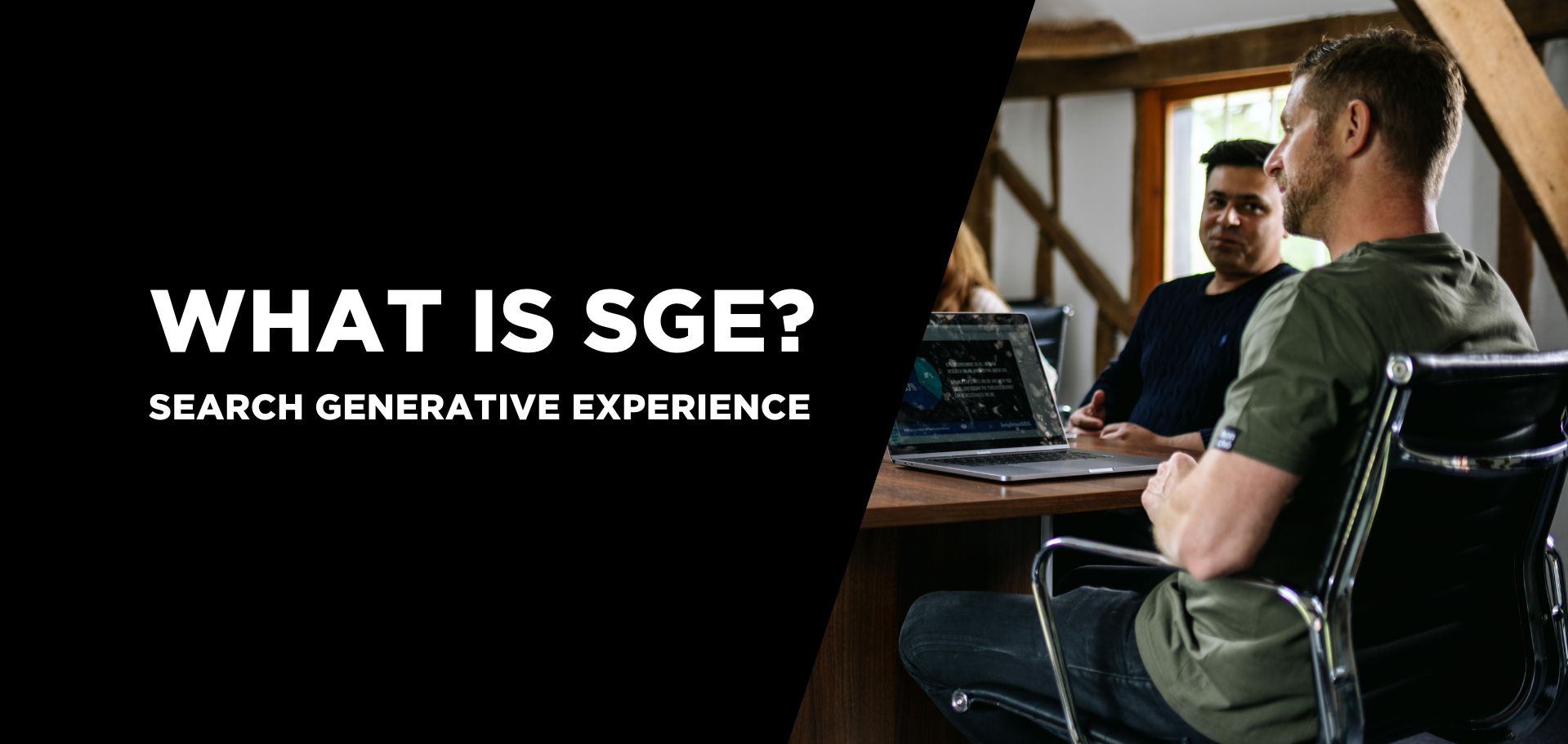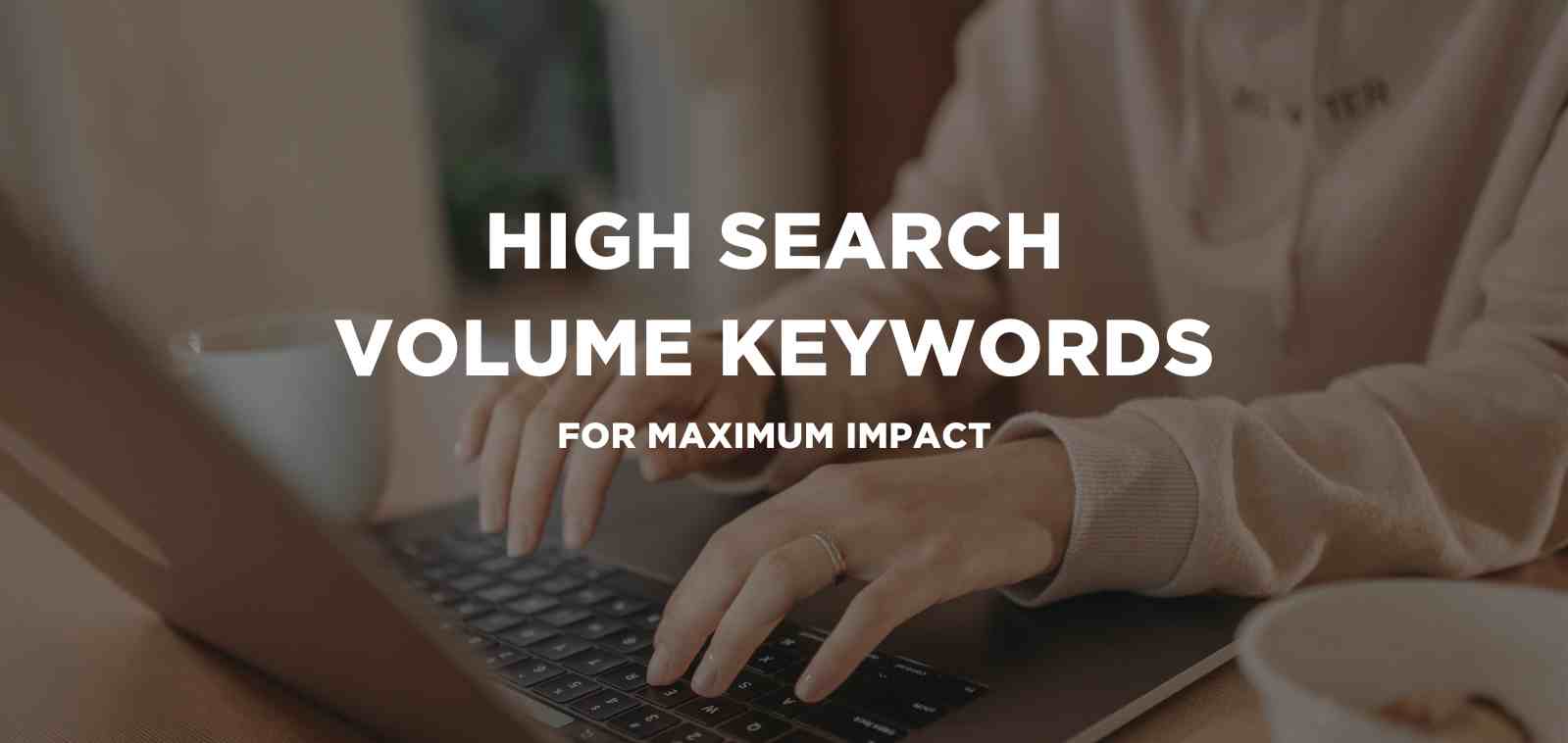Distilled delivered yet another an epic Searchlove London conference in 2017.
With 17 of the world’s top search marketers sharing game-changing insights, tactics and strategies to a room of about 400 attendees over two days, there’s no question that Searchlove is one of the best, if not the best, SEO conference in the UK.
Each speaker offered such a dazzling wealth of quality material. It was sometimes difficult to absorb all the information these gurus had to share into our mere mortal brains. Luckily there was two of us from iThinkMedia at the event. Armed with pens, notepads and laptops we took down as many notes as we could so that you wouldn’t miss out.
Every single talk offered groundbreaking value, so choosing our five favourites for this post was no easy feat. After much deliberation, we came to an agreement. So without further ado, here’s the summary of our top five favourite talks (including the presenter’s full decks) from SearchLove London 2017:
Link Building Case Studies, Myths and Fails
Speaker: Paddy Moogan – @paddymoogan
Paddy Moogan demonstrated the key ingredients for link building in 2017. He took us through some common link building misconceptions around content type and budget. Paddy revealed what really works while showing us some real-life case studies of his own successes and failures.
Key Takeaways
- You don’t need cool data to get links – Paddy demonstrated how he gained 77 links by visualising that Toyota was the number one car brand in the world.
- You can recycle your link building efforts – Paddy illustrated how he created an infographic about the booziest countries in the world and outreached it. Then later, he plugged in some additional data and reused it to get even more links.
- You don’t need to go viral to get links. Paddy showed a content piece that slowly accumulated 50 links over a long time.
- You don’t need visual assets. Paddy highlighted some research that he wrote up and outreached. It gained 100 links despite not having a visualisation of the data.
- Paddy showed us that big brands don’t necessarily get all the links. He showcased a content piece for a big brand that got no traction, and juxtaposed it with another piece of content for a small website/brand, which succeeded in getting 20 links.
Beyond the Reach of Keyword Targeting: The Evolution of Paid Media
Speaker: Samantha Noble – @SamJaneNoble
Samantha talked us through how user preferences can be significantly different for any single search query e.g. a young female searching for ‘holiday in Spain’ will want to party, while her grandmother will possibly want a coach holiday.
Samantha highlighted that keywords are not enough on their own and discussed the importance of using demographic data, location targeting and relationship data in paid search targeting.
This kind of targeting is particularly important now that paid search dominates Google with the organic channel having lost a lot of the ground it once owned.
Key Takeaways
- Since 2015 organic has lost 25% of click-share on desktop and 55% of click-share on mobile according to Wayfair, because of Google putting ads everywhere.
- PPC managers should be making the most of sitelink extensions; call out extensions, call extensions, structured snippet extensions, message extensions, location extensions, affiliate extensions, price extensions, app extensions, promotion extensions, review extensions, seller ratings and consumer ratings to make to maximise the visual real estate of their ads.
- Types of ads that should be utilised where possible include; dynamic ads, countdown ads, ad customisers, call only ads, remarketing ads, similar audiences, local search ads, promoted pins, hotel ads, vehicle ads, pop-up map ads, knowledge panel ads, PLA ads.
- Shopping ads alone offer a variety of advertising options including AdSense for shopping and special offers in shopping ads.
- Similarly, local paid options include local inventory ads, either with or without click and collect promotions.
- Youtube is also packed with ads including; skippable ads, non-skippable ads, mid-roll ads, overlay in-video ads, display ads, promoted video ads in results, promoted video in side-bar, TrueView for shopping and shopping ads in YouTube.
- In addition to all these ads, Google plans on rolling out even more ads including carousel shopping ads on both YouTube video pages and YouTube channel pages.
- Finally, Google also offer dynamic product remarketing and Gmail sponsored promotions, app install ads and responsive lightbox ads.
With this many ads, it’s no wonder Google were worth $86 billion in 2016, and are probably worth a whole lot more now in 2017. And of course, all this comes at the cost of organic clickshare, so even just sustaining organic rankings is a feat of its own.
Reverse-Engineering Google’s Research on What Searchers are Looking for
Speaker: Rob Bucci – @STATrob
Rob pointed out how Google changed our expectations for information retrieval, Nowadays we expect instant gratification, but now it’s a victim of its own success. We expect instant answers but Google can’t always deliver it. Google continue investing millions into improving their search by analysing user behaviour patterns to decode user intent, and provide users with the best results possible.
Rob conveyed that by analysing Google’s search results we can reverse engineer Google’s research in user intent, to discover what content we need to create for each keyword.
Key Takeaways
- Typically there are three stages of user intent:
- Informational – people are looking for solutions to problems but are unaware of the solution
- Commercial – people are looking to weigh up the criteria related to the solutions they found e.g. reviews, variations
- Transactional – people are using ‘buy now’ or ‘shipping’ type queries
- Rob’s analysis looked at rich snippets particularly ‘images’, ‘video’, ‘answers’, ‘places’, ‘people also asked’, and ‘news.’ He suggested that these are the areas that can be leveraged to reverse engineer the intent behind a search query.
- Rob looked at which features appeared in the most search queries and also what the average visibility score was for each feature type.
- In Rob’s example, news was the most prominent, but he said it’s problematic to work with. He found that Answers was the biggest opportunity.
- Rob analysed all the major competitors in terms of share of voice in relations to ‘Answers’ and pinpointed the approach used by each competitor.
- Rob also demonstrated what kind of pages Google prefers for different search queries; product pages, category pages etc. This is useful for identifying the page UX that Google prefers for a given search query.
- Similarly, if videos are dominant in SERPs it means that for these queries Google wants to display video results, so video is the content you should create.
The New Era of Visual Marketing
Speaker: Jes Scholz – @jes_scholz
For the first time since television, we are adding a new layer of experience to marketing with immersive 360 images and videos, but the importance of visuals is not only key for social engagement.
Image SEO is witnessing a re-emergence due to not only Google but also Facebook and Amazon leveraging image recognition in user journeys. Jess takes us on an eye-opening journey of discovery where we find out how some brands are leveraging these new visual opportunities to short-circuit the buyer journey.
Key Takeaways
- 74% of consumers say that text-based searches are inefficient in helping find the right product.
- Due to advancements in machine learning and computer image recognition, image SEO opens up a whole lot of new opportunities.
- People can now take a photo of what they see and Google will return similar items along with style ideas.
- In addition, the similar items can be tagged up as products so that within Google images users can jump straight from the informational phase of the buyer journey to the transactional phase.
- Google is trying to turn image search into product discovery and Pinterest is already way ahead of the curve.
- 27% of searches in the US are for Google images.
- 11% of searches contain image blocks.
- There are very strong image optimisation opportunities for property, fashion, electronics, automotive and even recipes.
- Schema is the key to this kind of image optimisation.
- Google Lens promises augmented reality by overlapping Google My Business information over images of the building you are looking at through your mobile’s lens while you’re out and about. The camera is becoming the primary search box.
- 85% of social images don’t contain any text brand mention, so social listening needs to integrate image recognition to identify what people are saying about your brand, who your brand advocates are, general sentiment, purchase behaviour and to leverage UGC for marketing.
- 86% of millennials believe UGC to be a good indicator of brand quality and users who engage with UGC are 2 x more likely to convert.
The Why and How of Creating Video Content for Search
Speaker: Justin Briggs – @justrinrbriggs
This detailed session by Justin Briggs equipped onlookers with amazing tricks for producing video for your search-focused content marketing strategy. We learned about the current state of video SEO, including the YouTube search algorithm, ideas for scaling your video strategy while reducing costs, and received great hands-on tips for producing our own videos.
Key Takeaways
- 41% of 18 – 24-year-olds, and 34% of 24 – 35-year-olds prefer video content to text content when using the internet.
- 26% of 18 – 24-year-olds, and 21% of 25 – 34-year-olds use video reviews when buying products online.
- 46% of 18 – 24-year-olds, and 36% of 25 – 34-year-olds prefer using video to learn things online.
- These groups will grow into the older generation.
- Key search triggers for video content are ‘how to’ queries, reviews, demonstration and entertainment related queries.
- It’s possible to use SEMRush to identify video opportunities by analysing Youtube’s positions and keywords in Google search results.
- YouTube search is very ‘exact match’. To maximise your investment in video, it is best to tackle a handful of very similar queries, creating a marginally different video for each. This enables you to reuse footage between different videos.
- Google is very close to understanding video content like it does text.
- YouTube has an average session duration of one hour.
- Key rankings factors for Youtube are keyword in title and watch time.
- Watch time = Impressions x CTR x Retention X Duration.
- Watch time is keyword specific.
- TubeBuddy is a great tool for evaluating your video’s performance.
- Google is extracting Google Answers from YouTube videos.
- Tip: never go too ‘broad’ with your keyword tags in YouTube.
- By copying your keywords from similar videos you can hack your way into co-watch lists (videos that YouTube recommends after your video ends).
- Add CTAs into your video right before the average view duration time has lapsed.
- Viewers of embedded videos are less likely to watch a second video, but you can use the playlist parameter in your iframe to tackle this.
Conclusion
2017 was our second year attending Searchlove. On both occasions, we were thrilled with the depth of experience that the speakers offer through their talks. The gripe some have with the conference is the £899 per person price point. But Searchlove really is a case of you getting what you pay for – and it’s worth every penny. Not only do we plan on attending again next year, but we would highly recommend the event for anyone looking to position themselves right on the SEO frontier.


